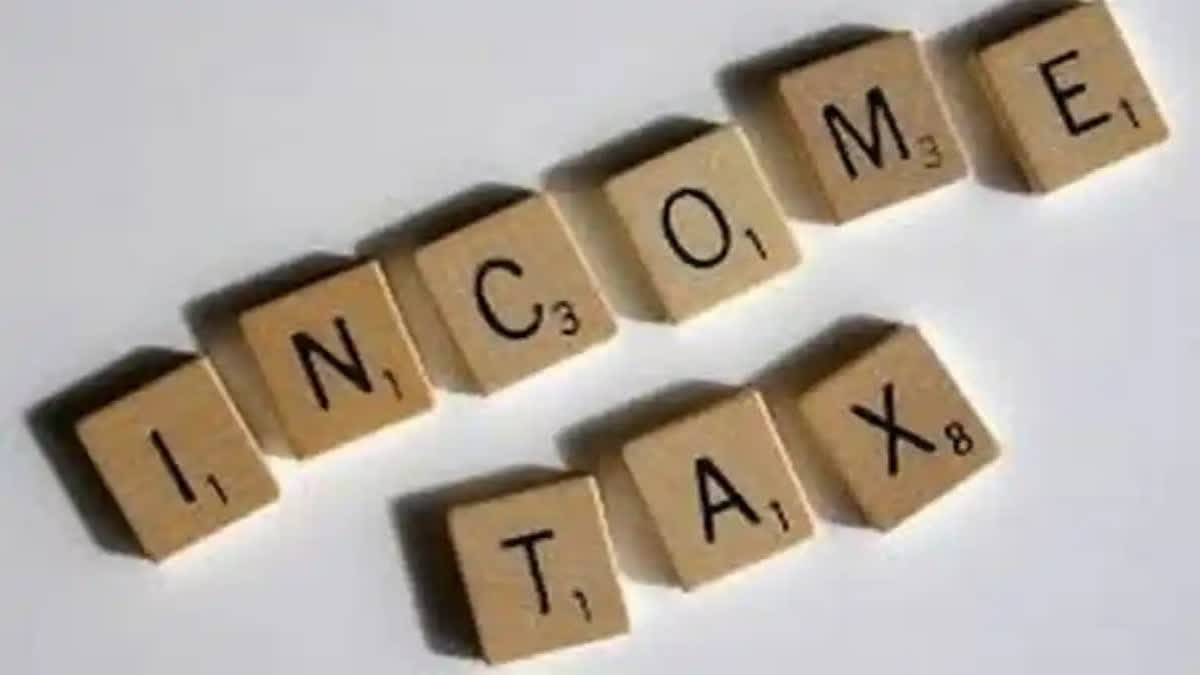New Delhi: Income Taxpayers can now match the sections of the I-Tax Act, 1961, with the corresponding clauses in the simplified I-T Bill, 2025, on the tax department portal. Also, Section to Section mapping as per the Income Tax Act, 1961 and Section number as per the New Income Tax Bill have been uploaded on the I-T department's website.
A simplified Income Tax Bill, 2025, was introduced in the Lok Sabha on February 13 by Finance Minister Nirmala Sitharaman. The Bill, once enacted, will replace the 64-year-old Income Tax Act which has become bulky over time with its traditional style of drafting and numerous amendments.
The simplified Bill has a word count of 2.6 lakh, lower than 5.12 lakh in the I-T Act. The number of Sections is 536, as against 819 effective sections in the existing law.
The number of chapters also have been halved to 23 from 47 currently. The Bill has 57 tables, compared to 18 in the existing act, besides formulae which make it easier for a taxpayer to calculate tax liability. It has removed 1,200 provisos and 900 explanations.
In a post on X, the department on February 14 said it has activated the utility to check Section of the Income Tax Act, 1961, vis-a-vis the corresponding clause of the new Income Tax Bill. A taxpayer can select the section of I-T Act, 1961, from a drop-down menu and accordingly, the corresponding clause in the I-T Bill will appear.
Besides, a section-wise mapping has been given in tabular format for taxpayer convenience. The Bill uses shorter sentences and has been made reader-friendly with the use of tables and formulae. Tables have been provided for provisions relating to TDS, presumptive taxation, salaries, and deductions for bad debt .
The Bill introduces a new concept of 'tax year' as the 12 months beginning from April 1. This would replace the present concept of assessment and previous year. Currently, income earned in the previous year (PY) say in the year April 2024 to March 2025 will be assessed in assessment year (AY) 2025-26.
The Bill will come into effect from April 1, 2026, after it is vetted by a Select Committee of the Lok Sabha and cleared by Parliament. The new bill has omitted redundant sections, like those relating to Fringe Benefit Tax. The Bill is free from 'explanations or provisos', thereby making it easier to read and comprehend.
Also, the word 'notwithstanding', which was used excessively in the Income Tax Act, 1961, has been done away with in the new Bill and almost everywhere replaced with the term 'irrespective'.



